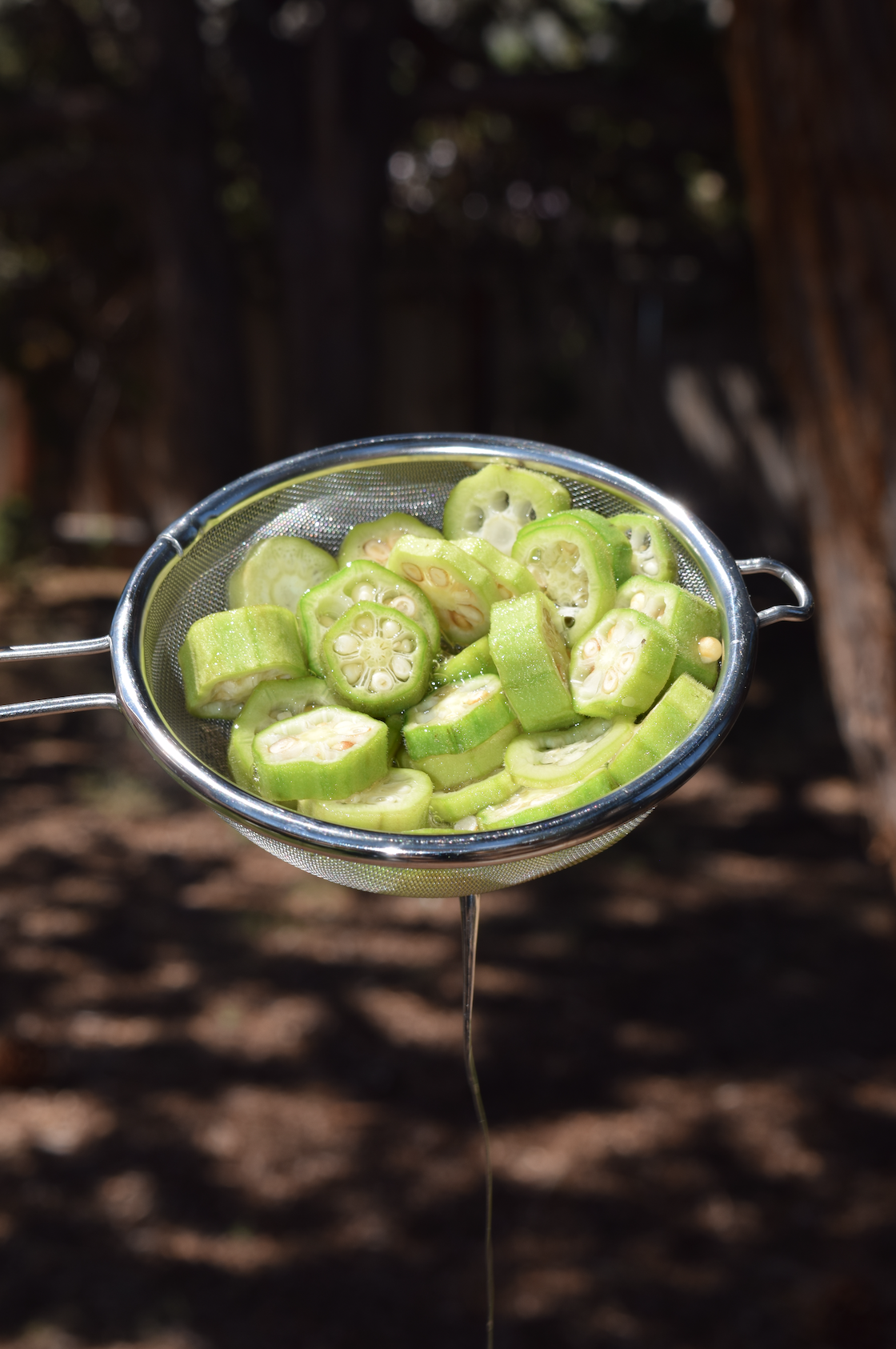The Moon: Our Inner Light
The moon is our closest energy guide, with a gravitational force that affects all bodies of water on Earth.
You may not think of yourself as a body of water, but you and the Earth carry the same percentage of water.
Your body is just as much a water planet as the one you live on.
The moon’s pull helps change the tides, and it reaches deep within us, influencing the rhythmic flow of our blood and the cycles of our emotions.
Its waning and waxing flow of light also affects our hormone production and behavior.
The moon has an orbit that is hidden from view half the time, but is still considered one of our “luminaries”, or bodies of light.
It is essentially a mirror to the Sun’s light of consciousness, reflecting the ebb and flow of our own internal tides.
It’s phases of darkness allow us to turn that mirror inwards, reflecting how we truly feel.
Moon Myths
In Native American cultures across Turtle Island, the Moon is often seen as a protector and guide. Different tribes have their unique stories, but many view the Moon as a nurturing presence that influences the growth of plants and the timing of traditional ceremonies.
In African mythology, the Moon's phases are deeply intertwined with fertility and agriculture. For instance, the Yoruba people regard the Moon as a symbol of feminine energy and fertility, essential for the growth of crops and the birth of children.
Hindu mythology knows her as Chandra. Chandra is seen as a symbol of the mind, emotions, fertility, and illness. In this tradition, the waxing and waning of the Moon are linked to our mental state and emotional well-being.
In East Asian cultures, the Moon is often associated with immortality and enlightenment. For example, the Chinese Mid-Autumn Festival celebrates the Moon's brightness and fullness, symbolizing family unity and harmony.
Nourshing Our Flow
Up until the 1500s, and in many traditions even today, the moon’s natal and current transits are important for understanding our physical health!
This is because the moon can unveil the hidden connections between our emotional state and physical well-being.
The moon's influence extends to basically the entire body because it governs our body's fluid balance.
Specifically though, this encompasses our blood, lymph, and digestive fluids.
An imbalanced moon can signal potential issues with fluid retention or imbalances, which could manifest as uncomfortable conditions like edema, dryness, or bloating.
It’s area of rulership also extends to much of the brain and the rear pituitary gland, areas governing our intuition and hormonal balance.
And let's not forget the moon's deep connection to women's menstrual cycles and reproductive health.
When it comes to nourishing your moon sign, we like to start with the right herbs and foods for the gut.
The Moon and the Gut
The moon is very closely tied to the stomach and overall gut health, impacting our digestion and, our “gut feelings.”
Our gut is often termed the 'second brain', and for good reason.
It's not only responsible for digesting food but also plays a crucial role in creating and regulating neurotransmitters like serotonin, which significantly influence our mood.
The gut's nervous system, known as the enteric nervous system (ENS), contains millions of neurons — more than the spinal cord.
It functions independently, but in constant communication with the brain, influencing our mental state and playing a role in certain diseases thought to only be 'mental,' like depression and anxiety.
The gut's nervous system is complex and intricate, closely mirroring the brain's capabilities.
The phrase 'gut feeling' isn't metaphorical; it's a real, visceral sensation that guides our intuition and decision-making processes.
We can also see this connection mirrored in the moon's phases, with their unique rhythm.
Moon Energetics
Nourishing, Cooling, Moistening, and Grounding
The energetics of the moon are intimately connected to milky and nutrient dense foods, with the ability to help us access nourishment, comfort, and receptivity.
These herbs and foods are known for their soothing and calming properties, making them a source of comfort during times of emotional turbulence.
They are usually considered cooling and grounding, aligning with the moon's tranquil and receptive nature.
As the moon's energy influences our emotions and spirit, moon herbs and foods can help bring a sense of inner peace and emotional balance.
Nourishing foods, such as hearty soups, stews, and grains, also resonate with the moon's energy of abundance and sustenance.
They are also grounding and stabilizing, just like the moon's gravitational pull on the tides.
When we consume these foods, we are not only feeding our bodies but also our spirits, fostering a sense of stability and safety on all levels.
More Moon Herbs
Lavender
Lavender, with its calming and soothing aroma, is often linked to the moon's serene and introspective qualities. It's used in various rituals to promote relaxation, enhance dreamwork, and foster spiritual connection.
Chamomile
This gentle herb is associated with the moon's nurturing energy and is known for its calming effects. Chamomile tea is a popular remedy for sleep issues and anxiety, making it a perfect ally for the moon's tranquil phases.
Mugwort
Considered a potent herb for dreamwork and intuition, mugwort is deeply connected to the moon's mysteries. It's believed to enhance lucid dreaming and spiritual insights during the moon's phases, especially the new moon.
Yarrow
Yarrow is associated with the moon's healing and protective energies. Its vibrant presence mirrors the moon's guiding light during times of darkness, offering support for physical and emotional wounds.
Spearmint/Peppermint
Mint herbs are often linked to the moon's cooling and cleansing properties. Mint tea can provide a refreshing experience, aligning with the moon's rejuvenating energies.
Cucumbers
Cool, hydrating, and with a high water content, cucumbers are linked to the moon's calming and refreshing aspects. They are believed to balance emotions and support relaxation.
Melons
Similar to cucumbers, melons are known for their high water content and are often associated with the moon's cooling and soothing attributes. Watermelon, in particular, is considered a lunar fruit.
White Foods
Foods that are naturally white, such as rice, potatoes, and white beans, are often connected to the moon's purity and illumination.







